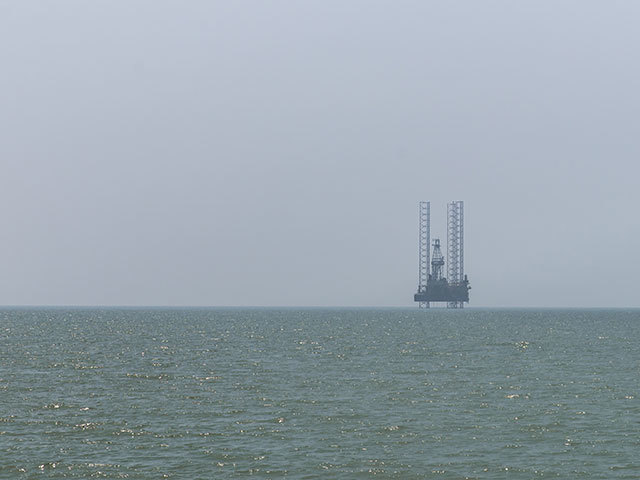
Vietnam said China again shifted an oil rig it has placed in disputed waters, with six warships guarding the structure as the two communist countries continue their South China Sea stand-off.
The rig was moved for a third time and remains off Vietnam’s coast in an area claimed by both countries, the official Vietnam News reported, citing information from the Vietnam Fisheries Surveillance Department. There are now six Chinese warships, 38 coast guard vessels, 13 cargo ships and 19 tugboats protecting it, the paper said.
The tit-for-tat accusations between China and Vietnam about the positioning of the oil rig and of collisions between their vessels in the area comes at a time of heightened territorial tensions across the South China Sea. China, which claims a large part of the waters under a 1940s-era map, has stepped up its assertions to both the Paracel Islands off Vietnam’s coast and the more southerly Spratly Islands.
By placing its oil rig in the disputed area last month, and in constructing artificial islands near the Spratlys, China is mapping out an aggressive strategy, Carlyle Thayer, an emeritus professor at the Australian Defence Force Academy in Canberra, said in a phone interview.
“It’s an escalation,” he said. “We are really reaching a regional crisis stage. It seems that China has reached a decision to go for broke.”
Chinese ships are moving in reverse into the path of Vietnamese vessels in an attempt to make it appear as though the Chinese boats are being rammed, Vietnam News said. A Chinese boat struck a Vietnamese fishery surveillance boat on June 7, online news website VnExpress reported, citing Vietnam’s fishery control department.
Vietnam continues to send ships to the region near the rig, China’s foreign ministry said in a statement on its website June 9, adding Chinese ships have been rammed more than 1,400 times. Vietnam has also sent “frogmen” to the site and dropped obstacles such as fishing nets and floating objects in the water, it said.
“Both Vietnam and China should remove all of their ships and China should remove the oil rig,” U.S. Assistant Secretary of State for East Asian and Pacific Affairs Daniel Russel told reporters yesterday on a teleconference. “Both Vietnam and China need to de-escalate tensions, both need to exercise restraint,” he said.
Vietnam’s Transport Minister Dinh La Thang said he has not seen any indication that Chinese companies are pulling back on investment in the Southeast Asian country. China’s state-owned companies have been told to temporarily halt bidding for Vietnam contracts, the South China Morning Post reported June 9.
“I haven’t heard any Chinese companies say their government has told them not to bid on new projects in Vietnam,” Thang said in an interview in Hanoi. “If that’s true, it will be their loss because it means they are giving away good business opportunities to other investors. If China tells its companies to withdraw from existing projects in Vietnam, I’m sure there are many other companies out there that will want to take over.”
China is Vietnam’s largest trading partner, with two-way trade rising 22% to $50.2billion last year from 2012, according to Vietnam’s General Statistics Office. Vietnam and China aim to boost two-way trade to $60billion in 2015, according to an April 14 statement from Vietnam’s government. Vietnam bought $37billion of goods from China last year, according to the statistics office.